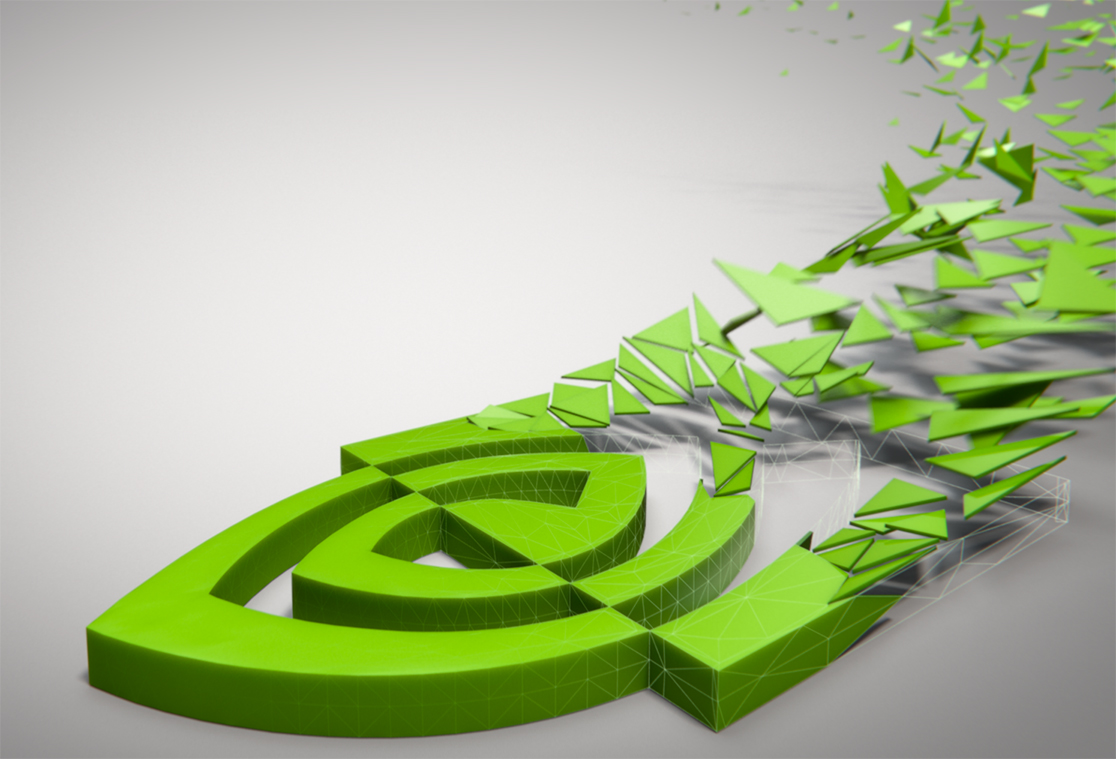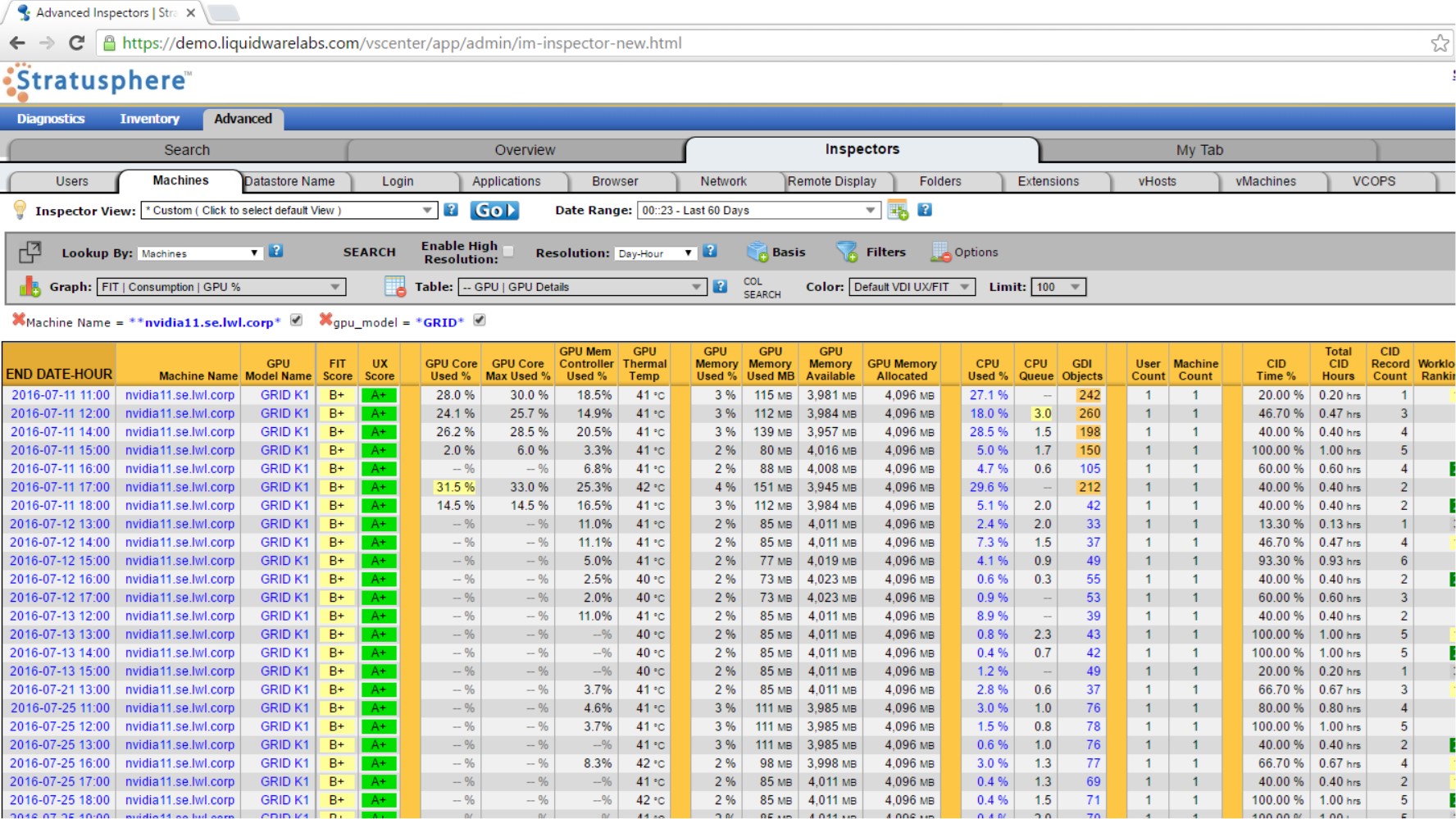The infrastructure, software platforms and best practices to support virtual workloads have come a long way in just a handful of years. Details and an understanding of important metrics—memory, disk and compute—have become more commonplace as it relates both to sizing as well as what is required inside each virtual guests. From where I sit  many of the barriers that presented challenges to reaping the full benefit of virtual workload delivery have been broken down. That is, except one… There is still one frontier that remains somewhat uncharted.
many of the barriers that presented challenges to reaping the full benefit of virtual workload delivery have been broken down. That is, except one… There is still one frontier that remains somewhat uncharted.
And that’s why I’m so very pleased to share that we’ve been working behind the scenes with NVIDA; an industry leader that has been setting the standard with its enterprise-grade graphics solutions. With the ability to offload high resource-intensive workloads with its GRID graphics processing unit (GPU), NVIDIA has built the ship to take us on the next part of our journey. And when coupled with Stratusphere UX, we are going to help chart the course.
Unlike memory, disk and CPU, the world of GPU is still somewhat uncharted. We understand what happens when a page fault occurs and memory swaps to disk. Likewise, metrics such as CPU queue length and disk IOPs are well understood as they relate to defining the appropriate balance between resources, performance and meeting user expectations. But GPU, and how those metrics will be forged to better understand graphics performance? That is the next frontier.
Use Cases
Today NVIDIA announced a few new and exciting details about a new software release, which will expose details about GRID cards and integration that is underway with us here at Liquidware Labs. Specifically we’ve been working with NVIDIA to provide visibility for GPU-centric details that are important to support a few key steps in the virtualization journey: assessment, first tier operations monitoring and diagnostics. Today I’d like to share a bit more detail about what that might look like within Stratusphere UX. We’re still a bit early in the development of these features, but I can talk about these use cases and how this new visibility will make for more optimal virtual workload solutions.
To support the assessment phase, Stratusphere provides detailed metrics to support key functions such as: defining the required infrastructure, assessing application use to define the golden image, and baselining user performance to provide a definition of ‘normal’ prior to migrating a user from a physical PC to a platform, such as VDI. With the increased visibility on GPU-centric applications and workloads, we expect our collaboration with NVIDIA will provide a significant advancement in the measurement of graphics use. Today this is an imperfect exercise that relies on exclusionary tactics (for example, two monitors and the presence of specific applications). With the identification and exposure of other relevant metrics, Stratusphere will better serve the upfront exercises of assessment and design.
First tier operations monitoring is about supporting the help desk team members who are focused on the proactive monitoring of the environment and entry level triage of suspected issues. To support this effort Liquidware Labs will inject GPU-centric metrics into a few key areas of Stratusphere UX. Along with memory, disk and CPU consumption, we’ll add GPU-specific information to better support operations for virtualized applications and user workloads.

Lastly, to support the more reactive exercise of diagnostics, Stratusphere UX will offer a much more granular view of in-guest GPU metrics. With the new NVIDIA software and integration, Liquidware Labs will be able to peel back the layers and dive down into GPU components such as 3D graphics utilization, frame buffer utilization, encode and decode use. When tied to specific VMs, this level of detail will be extremely beneficial to the diagnostics (and platform designers) IT teams. To date, the process of designing VDI for GPU-intensive applications has been a bit of a scientific, wild-assed guess (SWAG). With increased visibility, this exercise will benefit and we expect best practices and a more predictable approach will emerge.
VMworld 2016 in Las Vegas
If you happen to be out at VMworld next week, stop by and see us. I’ll be sharing some more detail at the NVIDIA GPU Technology Theater (Booth #955). Session times will be Monday, August 29 at 5:15 PM and Tuesday, August 30 at 5:15 PM. We’ll also be showcasing the latest version of Stratusphere UX at the Liquidware Labs Booth (#870). Please stop by. We’d love to learn more about your GPU concerns, workloads, and what types of visibility will help you on your journey.








[…] Read the entire article here, With Greater GPU Visibility Comes Greater User Experience […]